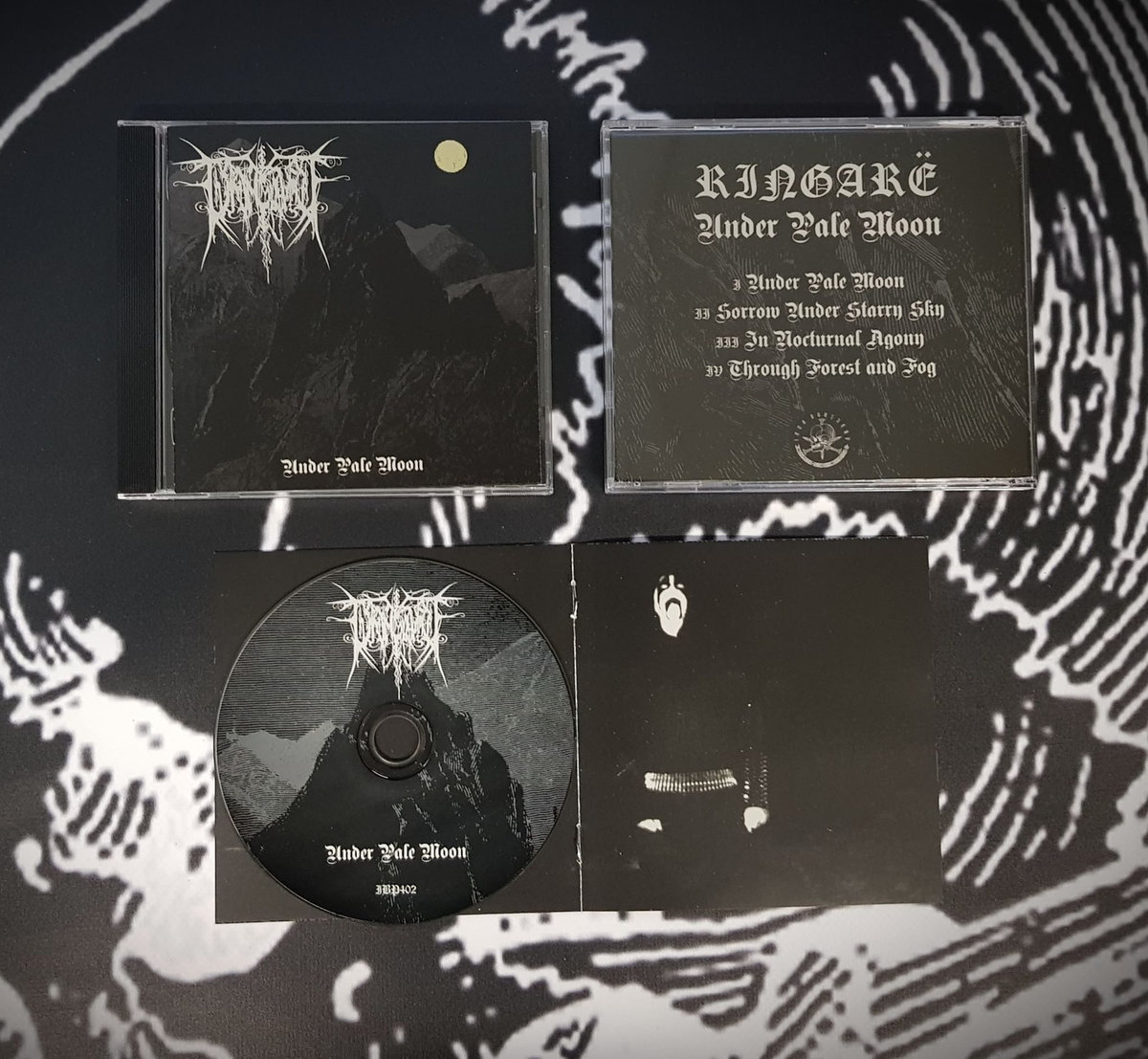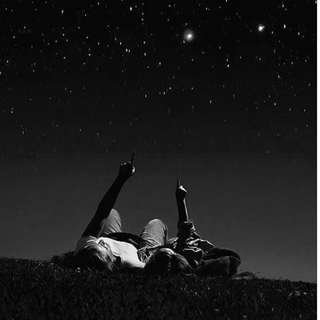


■ Arcturus and Vega are about equally far from straight overhead shortly after dark: Arcturus toward the southwest, Vega toward the east.Īrcturus is pale yellow-orange Vega is icy bluish white. They're spectral type F0 V, somewhat larger and hotter than the Sun. Its current separation is 3 arcseconds, and the components are nearly equal in brightness. Gamma Vir is a fine close double star for telescopes. Brighter Arcturus shines very high above them. The Moon is in Virgo, with Spica to its left and fainter Gamma Virginis (Porrima) closer to its right or lower right. ■ First-quarter Moon (exact at 10:14 p.m. Look for its flattened W shape low in the north-northeast after dark. But already Cas has passed its lowest evening position of the year and is gradually gaining altitude in preparation for the coming fall and winter. ■ To casual starwatchers or those who have an obstructed northern view, Cassiopeia in July might sound as wrong as Christmas in July. ■ Earth is at the aphelion of its orbit, its farthest from the Sun for the year: 3% farther than at perihelion in January. See Bob King's Nights of Noctilucent Clouds. They used to be fairly rare, but they've become more common in recent years as Earth's atmosphere changes. ■ Low in the northwest or north at the end of these long summer twilights, would you recognize noctilucent clouds if you saw them? They're the most astronomical of all cloud types, what with their extreme altitude and their formation (in part) on meteoric dust particles. How close to perfect the equilateral triangle is will depend on your time and place of observation. This time, the triangle is also nearly equilateral (in the time zones of the Americas).

■ Again the Moon forms an isosceles triangle with Regulus and Algieba, but now it's on the opposite side of them, as shown above. The newly returned waxing crescent Moon crosses Leo in the western twilight. Also, Algieba is a wide optical double for binoculars and a much closer true binary (5 arcseconds) for telescopes. Like last month, they form an isosceles (two-sides-equal) triangle.īinoculars help reveal the color difference between the two stars. Left of the Moon is Regulus, and above the Moon is slightly fainter Algieba, Gamma Leonis, as shown below. ■ In twilight this evening, look west for the waxing crescent Moon. The Arrow points lower left, past the nose of Delphinus. It's to Altair's upper left, just a little closer to Altair. The Milky Way (if you have deep darkness) runs across the Triangle just inside its bottom edge.Īs evening grows late and even Altair rises high, look left or lower left of Altair, by a bit more than a fist at arm's length, for the compact little constellation Delphinus, the Dolphin.ĭid you get it? Then try for even fainter, smaller Sagitta, the Arrow.

Farther to Vega's lower right is Altair, with fainter Tarazed just above it. The brightest star to Vega's lower left is Deneb. Its top star is Vega, the brightest on that entire half of the sky. ■ On the eastern side of the sky, the Summer Triangle holds sway after dark.


 0 kommentar(er)
0 kommentar(er)
